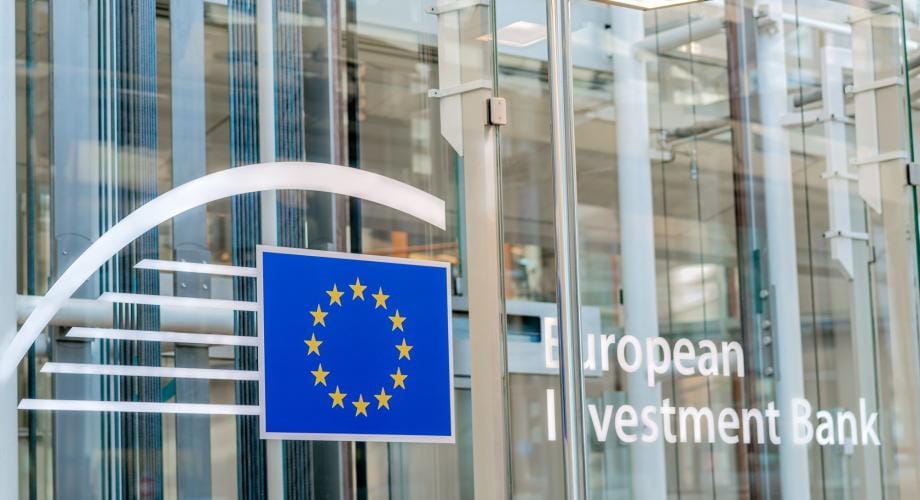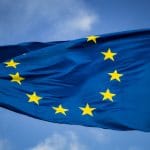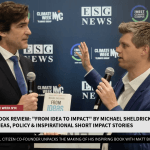EIB Rolls out Green Checker Tool Worldwide to Accelerate Climate Investment

• The European Investment Bank Group (EIB Group) has expanded its Green Checker tool beyond the European Union, extending access to regions including North Africa, the Middle East, the Western Balkans, the Caucasus, and the Eastern Neighbourhood.
• The digital tool enables banks, SMEs, and public bodies to assess project eligibility for green financing, estimate energy savings and emissions reductions, and align with EU and EIB standards—free of charge.
• The rollout is part of the EU’s Global Gateway investment agenda and aligns with the EIB’s Climate Bank Roadmap Phase Two, which targets a doubling of adaptation finance and streamlined procedures for green investments.
Launch at COP30 signals global scope
At COP30 in Belém, Brazil, the EIB Group announced the expansion of its Green Checker online assessment tool beyond the EU. The platform, previously accessible to European institutions and companies, now includes region-specific modules and simplified data inputs tailored to local conditions. It is freely available to both financial intermediaries and smaller entities in emerging markets.
EIB Vice-President Ambroise Fayolle described the tool as a means to help companies determine whether their projects meet climate and environmental criteria and to assess their eligibility for EIB-backed financing.
The move positions the EIB as a key enabler of global green finance, extending the reach of its technical expertise into markets that have historically faced barriers to sustainable investment. For executives and institutional investors, the expansion introduces a scalable entry point for climate-aligned projects seeking validation and funding readiness.
How the tool functions and why it matters
The Green Checker provides a guided assessment process that calculates key environmental metrics—such as expected energy savings and emissions reductions—while verifying consistency with the EU Taxonomy and EIB climate standards. It generates a report that project sponsors or banks can use when applying for loans or technical support.
Crucially, the tool is accessible at no cost and designed for use by smaller actors, including SMEs and public institutions. For emerging markets, this lowers the entry barrier for entities seeking to align projects with international sustainability benchmarks.
For investors and ESG professionals, the Green Checker represents a step toward standardisation and transparency in green project assessment. It provides a uniform approach to evaluating eligibility and expected impact, potentially easing due-diligence processes for financiers and reducing the complexity of cross-border climate investment.
Strategic alignment with broader policy and finance agenda
The global rollout of the Green Checker aligns with two major policy frameworks. The first is the EIB’s Climate Bank Roadmap Phase Two, which lays out priorities to 2030, including a doubling of adaptation finance and a commitment to procedural simplification to accelerate deployment. The second is the EU’s Global Gateway strategy, a €300 billion initiative running through 2027 that mobilises public and private investment in digital, energy, and transport infrastructure, as well as health, education, and research systems.
Together, these initiatives reflect a coordinated European approach to addressing the global green finance gap. Rather than relying solely on direct capital flows, they focus on providing tools and governance frameworks that improve transparency, facilitate investment, and encourage private-sector participation.
For financial institutions, this represents an opportunity to expand green portfolios with projects that meet verified environmental criteria, supported by institutional-grade methodologies. For host governments, adopting tools such as the Green Checker can enhance credibility and attract blended finance for climate and resilience projects.
RELATED ARTICLE: EIB Group to Assist Greece’s Sustainable and Energy Efficiency Infrastructure Projects
What executives and investors should take away
For corporate leaders and sustainability strategists, the Green Checker offers a mechanism to validate project eligibility early in the design process, helping to secure financing faster. Banks and investment funds can integrate it into their internal screening systems, streamlining due diligence and improving consistency in environmental evaluation.
For policymakers and regulators, the initiative signals the EIB’s continued effort to export EU-level standards, raising expectations of alignment with the EU Taxonomy even in non-EU jurisdictions. Countries that proactively adapt to these frameworks are likely to gain a competitive edge in accessing European or multilateral development finance.
For smaller enterprises, the message is clear: access to green finance is becoming more transparent and process-driven. Free tools like the Green Checker simplify the technical validation required to secure climate-aligned funding and can open new pathways to international investors.
Global relevance and outlook
The EIB’s decision to internationalise the Green Checker tool addresses a persistent challenge in global sustainable finance—the lack of accessible, standardised frameworks for smaller markets. By making eligibility assessments public and free, the EIB is building infrastructure that enhances trust, efficiency, and scalability in climate investment flows.
As capital markets increasingly price climate risk and regulation tightens, tools that standardise environmental validation will be essential for maintaining investor confidence and accelerating the global transition. The EIB’s initiative underscores a shift from purely financial mobilisation to the creation of shared systems and standards that bridge regions and income levels, ensuring that the transition to a low-carbon economy is both inclusive and investable.
Follow ESG News on LinkedIn












